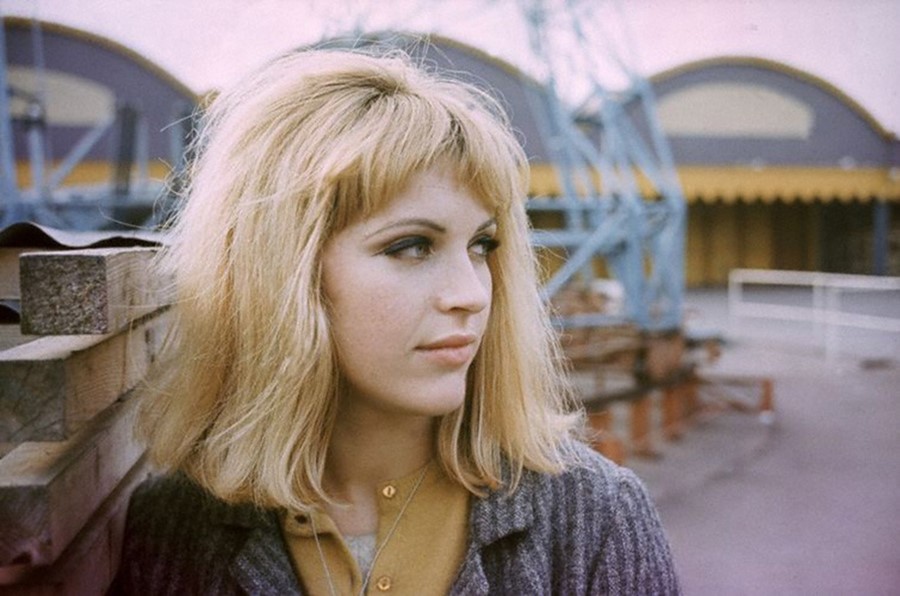In Pauline Boty, artist, actress and muse, 60s London had the making of an icon. Beautiful – with looks reminiscent of Brigitte Bardot – she emerged from a resolutely normal middle-class upbringing to attend the Royal School of Art...
In Pauline Boty, artist, actress and muse, 60s London had the making of an icon. Beautiful – with looks reminiscent of Brigitte Bardot – she emerged from a resolutely normal middle-class upbringing to attend the Royal School of Art, and subsequently become the first female Pop Artist in Britain, working alongside Peter Blake, doing the twist at Ready Steady Go, and socialising with Ossie Clarke and Celia Birtwell. Yet in 1966, at just 28, three years into a happy marriage to Clive Goodwin, and months after the birth of her daughter Boty Goodwin, she died of leukemia, leaving a poignant ellipsis hovering over what could have been an extraordinary artistic career.
With enviable insoucience, Boty encapsulated the fashions of the age, wearing men’s 501s, swapping clothes with her friends, and living in a flat in Holland Park with a black painted loo and swing seats instead of a sofa. Her looks are legendary, preserved in their full lipped, back-combed glory in Ken Russell’s 1962 cinematic exploration of the burgeoning British Pop Art movement, Pop Goes The Easel. The film weaves the story of four young London artists – including Boty and Blake – on the cusp of notoriety, tracing a discussion of the heady influences of America and celebrity that were now, alongside more liberated morals, fashion and rock music, to become fundamental parts of a previously conservative oeuvre. Boty radiated Monroe-esque from the screen, enigmatic yet vulnerable, her “strawberry ice-cream smile and leonine hair” smiting the hearts of all who saw her. Married film impresario Peter Saville fell in love with her on sight, making her his mistress; her future husband Goodwin was similarly smitten, and for Blake, a besotted suitor, her only fault “was that she didn’t love me back.”
“For Peter Blake, a besotted suitor, Boty’s only fault ‘was that she didn’t love me back’”
Essentially, however, one of the key things about Pauline Boty is her own deafening silence amid the overwhelming clamour of her renown. Her legend was created by her undeniable beauty and the brevity of her life, the glamour and the mythmaking, the stories of bringing Bob Dylan to cocktail parties, and marrying Goodwin after just ten days. Yet amidst it all, there is the literal fact of her work, which, despite having lain largely forgotten in her brother's dusty outhouse for decades, is – with its extrovert colour palette and ironic hagiography of Marilyn, Jean-Paul Belmondo and Christine Keeler – an integral placeholder in the changing face of British art. But there is little so compelling than the tale of the premature death of a young beauty, even more so when it coincides with the eternal intoxicating dawn of the swinging sixties. In a pre-AIDS world, where the sudden death of the young just didn’t happen, her demise was a shocking event. As Sabine Durrent wrote in 1993, “Even now, grown men with grey hair in dark houses in Notting Hill cry at the sound of Pauline Boty’s name.”
Text by Tish Wrigley
